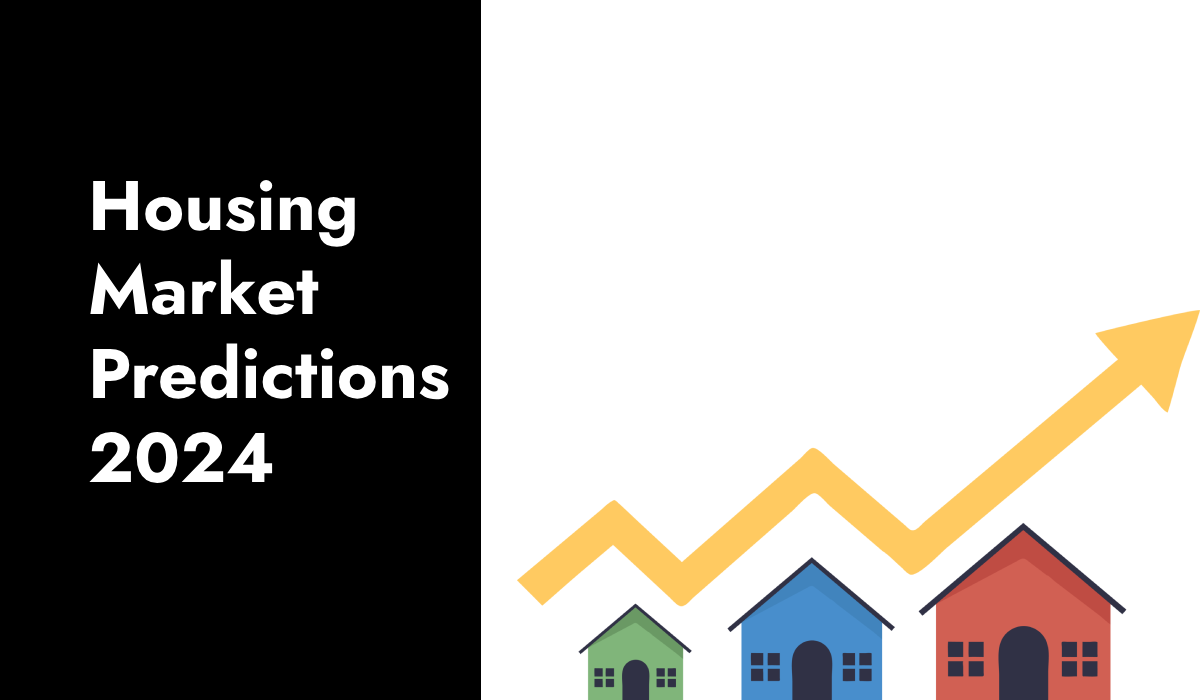What many had hoped would be a successful spring home-buying season was a difficult struggle for many prospective buyers who were already discouraged by a stressful market.
However, even as sales halted due to high mortgage rates and home prices, one bright spot emerged: additional resale inventory entered the market, putting some downward pressure on the rate of home price increase.
Other positive news for home buyers is that the median price for a new home has dropped below the median resale home price, even as builders continue to give incentives to entice buyers.
Nonetheless, economists believe the housing market will only regain momentum once mortgage rates fall enough to alleviate buyer affordability concerns and motivate homeowners locked in at low rates to sell.

- Est. APR = 9.95% - 14%
- Loan Amount = $150,000 - $3,000,000
- Minimum FICO Score: N/A
5
editorial team. We score based on factors
that are helpful for consumers, such as
how it affects credit scores, the rates and
fees charged, the customer experience,
and responsible lending practices.

- 24/7 Support
- Bridge & Rental Loans
- Equal Housing Opportunity
5
editorial team. We score based on factors
that are helpful for consumers, such as
how it affects credit scores, the rates and
fees charged, the customer experience,
and responsible lending practices.
- Check Your Eligibility
- Equal Housing Opportunity
5
editorial team. We score based on factors
that are helpful for consumers, such as
how it affects credit scores, the rates and
fees charged, the customer experience,
and responsible lending practices.
Housing Market Forecast for 2024
Experts believe the housing market will improve despite high mortgage rates, out-of-reach home prices, and slow sales transactions amid weak demand.
Unfortunately, potential buyers are still seeing a delay in this long-awaited shift due to a number of unresolved challenges. One is inflation’s slow cooling, which is delaying the Federal Reserve’s decision to decrease the federal funds rate.
Mortgage rates are indirectly linked to this benchmark interest rate, which banks use as a guidance for overnight lending. As a result, with the federal funds rate at its highest level in over two decades, mortgage rates—and borrowers—are feeling the strain on their capacity to finance a home.
Related: Joint Home Loan: Multiple People on a Home Loan
Housing Market Forecast for 2024
Experts believe the housing market will improve despite high mortgage rates, out-of-reach home prices, and slow sales transactions amid weak demand.
Unfortunately, potential buyers are still seeing a delay in this long-awaited shift due to a number of unresolved challenges. One is inflation’s slow cooling, which is delaying the Federal Reserve’s decision to decrease the federal funds rate.
Mortgage rates are indirectly linked to this benchmark interest rate, which banks use as a guidance for overnight lending. As a result, with the federal funds rate at its highest level in over two decades, mortgage rates—and borrowers—are feeling the strain on their capacity to finance a home.
Meanwhile, despite continuously high mortgage rates, U.S. home prices rose by 6.3% year on year in April, according to the most recent S&P CoreLogic Case-Shiller Home Price Index. Even while the yearly gain was slower than the 6.5% gain in March, the index still beat the prior month’s record high.
Many experts believe that a Fed rate drop will help revive the housing market, but it is unclear when—or if—a single cut will occur in 2024.
Will the Housing Market Finally Recover by 2024?
A housing recovery requires a number of requirements to be met.
“For the best possible outcome, we’d need to see inventories of homes for sale increase significantly,” says Keith Gumbinger, vice president of online mortgage business HSH.com. “This additional inventory, in turn, would ease the upward pressure on home prices, leveling them off or perhaps helping them to settle back somewhat from peak or near-peak levels.”
Of course, mortgage rates would have to fall, which appears optimistic considering the recent drops. The average 30-year fixed mortgage rate fell from June and into July, reaching 6.89% for the week ending July 11.
However, when mortgage rates eventually begin to fall, Gumbinger warns against expecting them to decrease too rapidly. Rapidly lowering interest rates might spark a spike in demand, wiping out any inventory gains and driving home prices to rise.
Related: Current Mortgage Refinance Rates July 2024
New Home Sales
Despite their gleaming appearance, new homes are not immune to high mortgage rates.
With mortgage rates hanging around or above 7%, May sales of newly constructed single-family homes fell 11.7%, 4.7% from April, and 16.5% from the previous year, according to the most recent U.S. Census Bureau and HUD data.
The good news for prospective buyers is that the slow rate of new house sales has resulted in new home inventory levels not seen since early 2008, according to Lisa Sturtevant, chief economist at Bright MLS.
| RECENT HOME SALES DATA | ||||
| Month | New Home Median Sale Price | Existing-Home Median Sale Price | New vs. Existing Price Difference | Percentage Difference |
| February 2024 | $420,900 | $383,800 | $37,100 | 9.7% |
| March 2024 | $436,900 | $392,900 | $44,000 | 11.0% |
| April 2024 | $417,900 | $406,600 | $11,300 | 2.8% |
| May 2024 | $417,400 | $419,300 | -$1,900 | -0.45% |

- Est. APR = 9.95% - 14%
- Loan Amount = $150,000 - $3,000,000
- Minimum FICO Score: N/A
5
editorial team. We score based on factors
that are helpful for consumers, such as
how it affects credit scores, the rates and
fees charged, the customer experience,
and responsible lending practices.

- 24/7 Support
- Bridge & Rental Loans
- Equal Housing Opportunity
5
editorial team. We score based on factors
that are helpful for consumers, such as
how it affects credit scores, the rates and
fees charged, the customer experience,
and responsible lending practices.
- Check Your Eligibility
- Equal Housing Opportunity
5
editorial team. We score based on factors
that are helpful for consumers, such as
how it affects credit scores, the rates and
fees charged, the customer experience,
and responsible lending practices.

 Read More
Read More 




